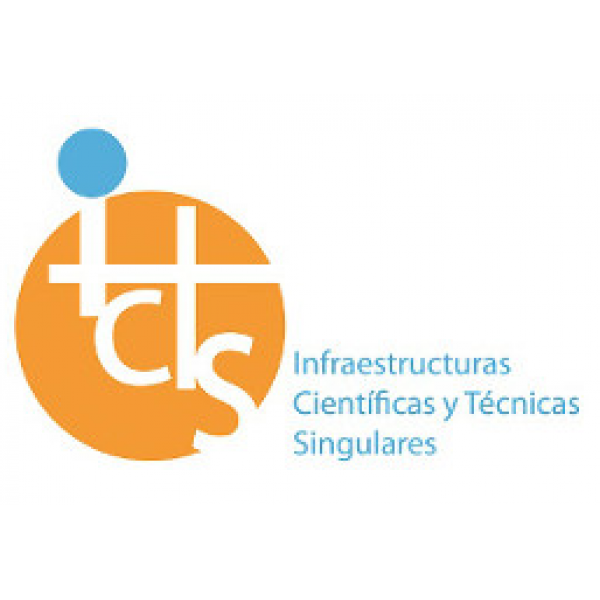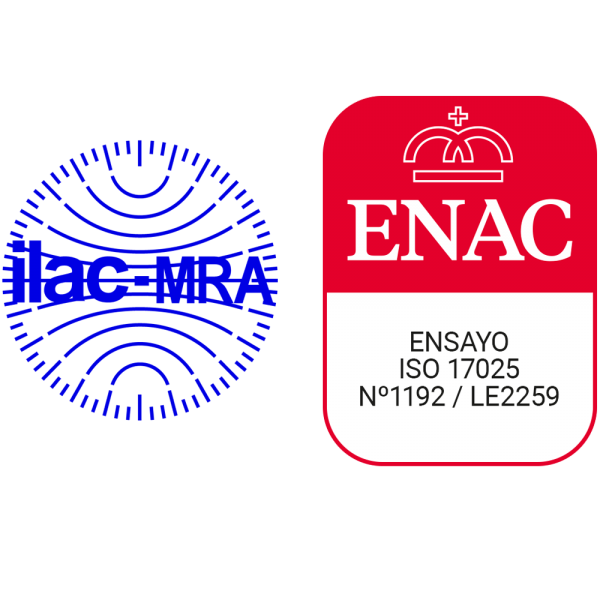- A new review, recently published in Biomolecules, analyzes the current opportunities and challenges of mass spectrometry-based proteomics in the investigation of genetic muscle diseases.
- The review —a joint effort between the CNAG, the Leibniz Institute for Analytical Sciences (ISAS), and the Department of Neurology at the Medical Faculty and University Hospital Düsseldorf— highlights the potential of proteomics to advance diagnosis and research in neuromuscular conditions, showcasing its practical applications through three case studies.
- The study underlines the advantages of mass spectrometry over previous, low-throughput and costly techniques, as it sets to become a vital tool in personalised medicine, therapeutic monitoring, and large-scale screening programmes, offering more precise and efficient solutions for patients.
Neuromuscular diseases, though rare, affect between 8 and 16 million people worldwide. These conditions impact both children and adults, causing mobility and coordination problems that severely affect daily life. This was the case of a 22-year-old woman in Germany, who visited the University Hospital Essen with muscle weakness, atrophy, and cardiomyopathy, among other symptoms. Alongside extensive genetic testing, proteomic profiling provided the missing piece of the puzzle. Her story is one of the clinical cases featured in a recent review published in Biomolecules, highlighting the transformative power of proteomics in diagnosing unresolved neuromuscular diseases. The integration of the proteomic analysis with the genomics data was led by Marc Pauper and Sergi Beltran from the Bioinformatics Unit at CNAG, in collaboration with the Leibniz Institute for Analytical Sciences (ISAS), and the Department of Neurology at the Medical Faculty and University Hospital Düsseldorf.
Neuromuscular diseases are notoriously difficult to diagnose due to the complexity of the skeletal muscle—an essential tissue responsible for movement and metabolism that accounts for 40% of total body mass—as well as the existence of over 200 genetic subtypes and overlapping clinical symptoms. Proteomic analysis is becoming an increasingly valuable tool to complement standard genetic testing. Traditionally, diagnosis relied on immunoblot and immunostaining techniques, along with histological studies of muscle biopsy samples—methods that are invasive, time-consuming, and limited in scope. The cases published in this review demonstrate that proteomics offers a promising opportunity to shorten the diagnostic journey, enabling the high-throughput study of thousands of proteins in a single experiment with minimal biological material.
Marc Pauper, shared first author of the publication, points out: “Building on the groundbreaking genomics revolution,, proteomics represents an exciting new leap—helping not only to understand diseases at a deeper level but to bring insights where genetics alone leaves questions unanswered”.
The study emphasizes that overcoming operational challenges is key to unlocking the full potential of mass spectrometry in clinical practice. Key priorities include optimizing turnaround times, standardizing protocols, and improving data analysis tools. Additionally, the review highlights targeted proteomics and liquid biopsies as less invasive alternatives to muscle biopsies, offering improved diagnostic accuracy and enabling more personalized treatments. As technology advances, mass spectrometry is set to become a vital tool in personalized medicine, therapeutic monitoring, and large-scale screening programs, offering more efficient solutions for patients.
The study received funding from the European Union’s Horizon 2020 research and innovation programme through the Marie Skłodowska-Curie grant agreement No. 956148.
REFERENCE ARTICLE
Pauper, Marc, et al. «Proteomic Profiling Towards a Better Understanding of Genetic Based Muscular Diseases: The Current Picture and a Look to the Future». Biomolecules, vol. 15, n.o 1, enero de 2025, p. 130. DOI.org (Crossref),
https://doi.org/10.3390/biom15010130.












